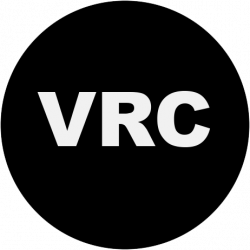We often post about new image collections and other scholarly resources pertaining to art history, but the building blocks are just as important. Based in the Netherlands, Materia is an art and architecture materials library that maintains an extensive collection of modern products in a database called Material Explorer that can be freely searched if you register for an account. They provide detailed information about product specs and contact information for the manufacturer, and users can download a PDF about the product, add it to a list of favorites, or suggest a new material to be included in the database.
Via Pixels


